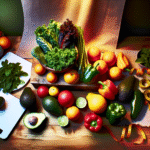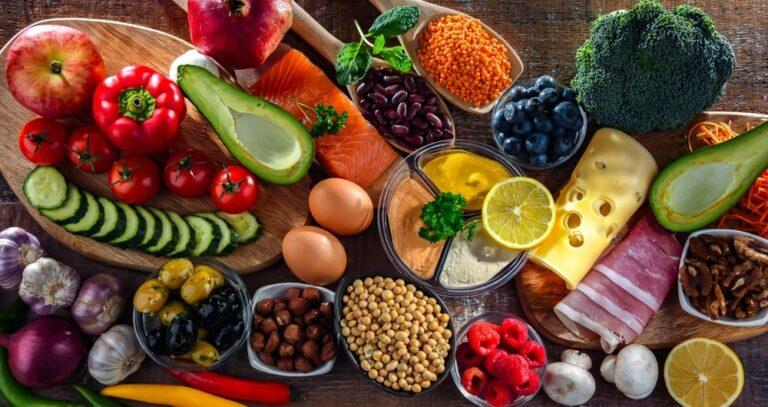Browse your local supermarket, and you’ll spot the words “healthy” on many not-so-healthy foods. These include sugary cereals, granola bars, highly sweetened yogurts, and white breads.
Now the United States Food and Drug Administration (FDA) aims to change that. A recently unveiled proposal would align more closely with current nutrition science and updated Dietary Guidelines for Americans.1
Let’s see what the new rules will mean…
In a news release, the FDA states that currently, about five percent of all packaged foods are labeled “healthy.”2
The FDA states that the new proposed guidelines will “better account for how all the nutrients in various food groups contribute and may work synergistically to create healthy dietary patterns and improve health.”
Let’s unpack the details of the present criteria for “healthy” labeling and what the agency plans to tweak. Spoiler alert: sugary cereals get a red light, while salmon and nuts now get a green light.
Defining “Healthy”
Let’s start with how the new guidelines will affect the labeling of fat. Current labeling doesn’t consider what nutrition research has discovered about how different types of fat affect the body in different ways. We now know that fat is not all good or all bad.
The current definition was established in 1994, allowing food makers to label foods healthy as long as they have limited amounts of total fat, cholesterol, and sodium.
Currently, these foods also need to provide at least ten percent of the daily value of one or more of the following nutrients: calcium, iron, protein, dietary fiber, vitamin A, and vitamin C.
The new proposal features limits for saturated fat as well as a limit on added sugars, no more than 2.5 grams per serving. It also restricts the amount of sodium to no more than 230 milligrams per serving.
Simply put, the new definition encourages healthy eating by prioritizing a combination of vegetables, fruits, dairy, grains, proteins, and specific oils.
“The old rule was really outdated – you could create any kind of Frankenstein food that met the nutrient criteria and label it as healthy,” explains Dr. Dariush Mozaffarian, a professor of nutrition, in a New York Times interview.3 “This is a major advance.”
Beware of “Health-washing”
Dr. Mozaffarian adds that FDA (current and future) labeling has drawbacks and consumers should beware of “health-washing” with phrases like organic, fortified, and natural.
“Don’t let these buzz words fool you – better to pick a non-organic piece of fruit than an organic processed fruit roll,” he writes in a Tufts Health and Nutrition newsletter.4
I couldn’t agree more with Dr. Mozaffarian’s take on “healthy.”
My Takeaway
While whole unprocessed foods are best, we all need packaged foods at some point.
With that said, I urge you to take out your glasses and read the ingredient list. Look for products that list whole grains, vegetables, beans, and nuts as the first few ingredients. Steer clear of long ingredients with terms you don’t recognize.
And please don’t get sidetracked by the “health halo” mindset. Remember the use of the terms organic, gluten-free, low fat, reduced or light does not give unhealthy foods the green light!
The post Finally, New Common Sense Nutritional Food Label Guidelines! appeared first on Green Valley Natural Solutions.
This content was originally published here.




















